

From May to October
(11 nights, 12 days)
Budget 800,000 yen per person (group of 16)
Focusing on women who live in these regions, this journey highlights the culture of prayer and reverence that will make you learn about Shinto and Buddhism, the two main religions of Japan, going through Japan’s ancient mountain worship and local folklore.
All those beliefs have shaped Japan’s traditional culture that is loved by so many people yet so poorly understood. Many of these cultural practices are facing challenges to their survival, with some at risk of fading away. Embarking on this tour is a way to support the local people preserve their culture.
During your journey, you will encounter many rare personalities:
A female Buddhist specialist and a young female potter in Tateyama, a young female boat captain who has inherited the tradition of “hangiri” (a type of wooden tub boat) and a woman who is working to preserve the Buddhist chanting culture in Sado Island, Ms. Ueno, a female “shugenja” (mountain worshipper) who teaches how to connect with nature through yoga, Mitsu, an elderly farmer who owns a traditional farmhouse and serves 100% local food to travelers, and Kosuzu, a dance instructor and geisha who started her own business and is dedicated to preserving the maiko culture in Sakata.
Categories:


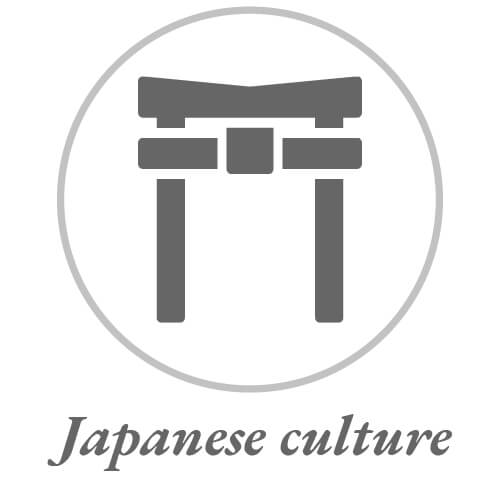

What's included?
Accommodation
Lunch (except on Day 7)
Entrances to all establishments, structures and buildings
Activities fees
Private guidance fees from the several participants
Pilgrim clothes rental
Ritual&prayer fees
Foil ferry transportation from/to Sado
What's NOT included?
Interpretation
Transportation
Dinners
Lunch on Day 7
Drinks, souvenirs, or any other private purchase
Alcohol during the dinners
Cancellation policy:
1 month prior to the tour : Free of charge
21 days prior to the tour : 20% billed
The day before the tour: 50% billed
Cancellation on the tour day : 80% billed
No show, no contact: 100% billed
Your itinerary on the map

富山県
Toyama Tateyama
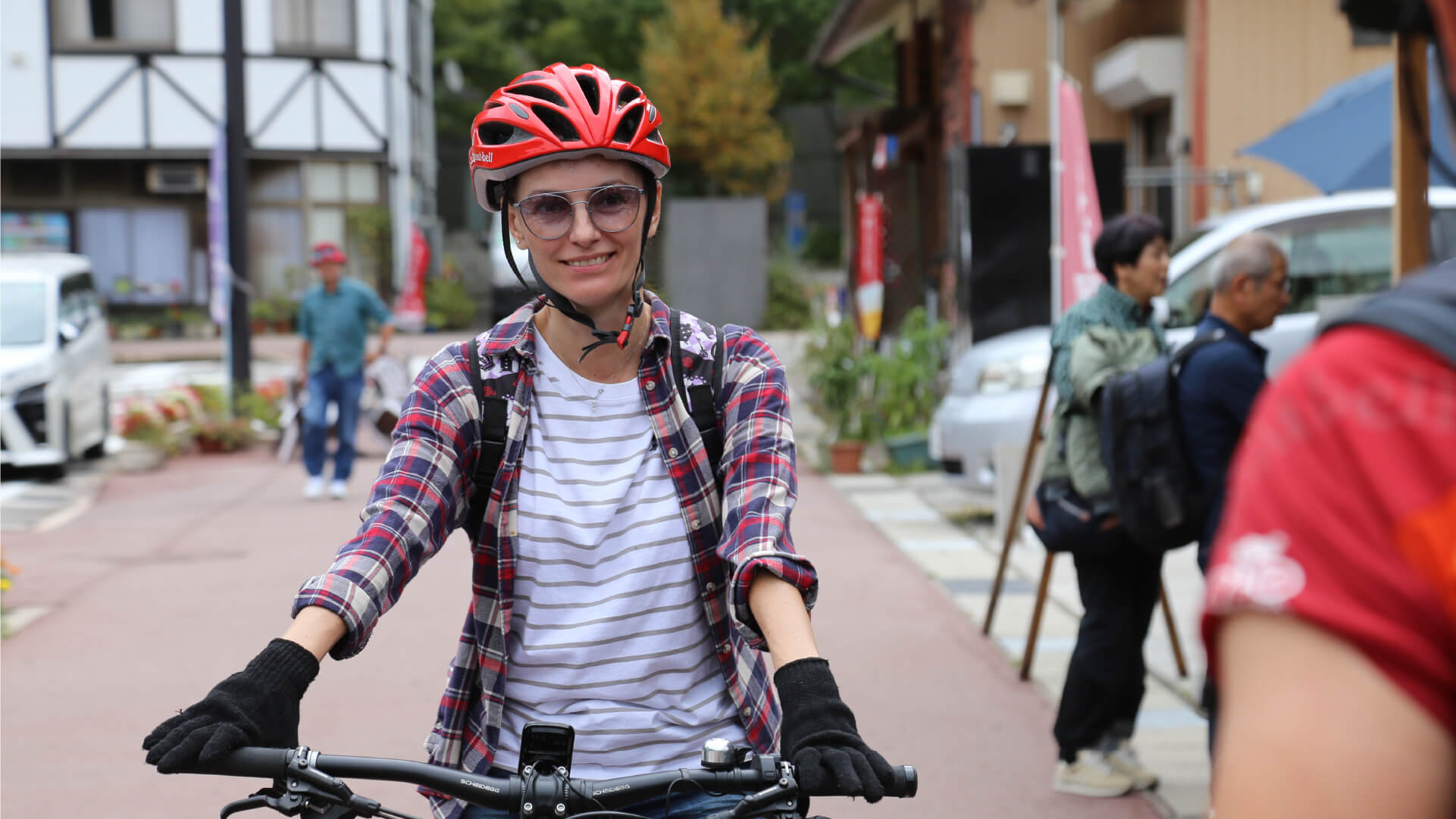
Arrival to Toyama
By private vehicle, travel to Ashikuraji, an area that has preserved a 1,200-year-old faith tradition. Once home to 33 temple lodgings and countless pilgrims, the depopulation problem that is hitting Japan as a whole and the decrease in pilgrims through the years hit the region particularly hard. You’ll first gain insight into the area’s history and culture at the museum (30 minutes).
Afterward, enjoy a lunch (60 minutes) of traditional local dishes once eaten here, while hearing stories from a female community leader dedicated to preserving the region’s heritage and culinary traditions. Following lunch, experience the unique Nunobashi Kanjoe ritual, a centuries-old ceremony held exclusively in thisregion that aimed at providing salvation to women in the Edo Period (1604-1868), guided by a local expert who will help you feel the atmosphere of ancient times, blindfolded while walking upon a sacred bridge.Continue your journey by ropeway and bus to Murodo, located at an elevation of 2,600 meters, where your accommodation awaits. In the evening, enjoy a stunning, star-filled sky (transfer time: 60 minutes).
Did you know?
According to most schools of Buddhism, women are not worthy of reaching Buddhahood (as they were considered “impure”).The best they can hope for, is to get reborn in the next life as a man, in order to train for Buddhahood.For that reason, women were forbidden in Japan’s common sacred lands and weren’t allowed to take part in spiritual trainings.TheNunobashi Kanjoe ritual aimed to show the women’s will to reach the pure lands of Buddhism regardless of their gender.Our guide will explain more in details about the role of women in Buddhism.
Tateyama
Experience the magnificent natural landscape that embodies the worldview of Tateyama’s gishi-saisei (“ritual death and rebirth”) tradition, where pilgrims once ascended the mountain, symbolically facing death, purifying their sins, and emerging renewed upon their descent. If the weather conditions allow it, you may aim for the summit of Mt. Oyama at 3,003 meters, a round-trip hike that takes about two hours. Even if you choose not to reach the peak, you can take a leisurely break and enjoy the rejuvenating tranquility of the rich, surrounding nature.
Hotel: same as previous day
Tateyama
After breakfast, descend (60 minutes) to Tateyama Station, where a cycling guide will greet you. As you cycle along a primarily downhill route, enjoy a scenic satoyama experience (3 hours), while learning about the Japanese connection to mountains,lifestyle, and beliefs.
For lunch, you’ll be welcomed by a potter: Midori Sato, who moved to the area, captivated by the local environment. Discover her creations and her view on pottery, enjoy a meal featuring the bounty of Tateyama’s mountains and sea, paired with her artistic creations, at a restaurant offering sweeping views of Toyama Bay (60 minutes).
After lunch, check in early at a hotel near Toyama Station and enjoy a restful time. Dinner is up to your choice, with restaurant recommendations available nearby.
新潟県
Niigata Sado Island
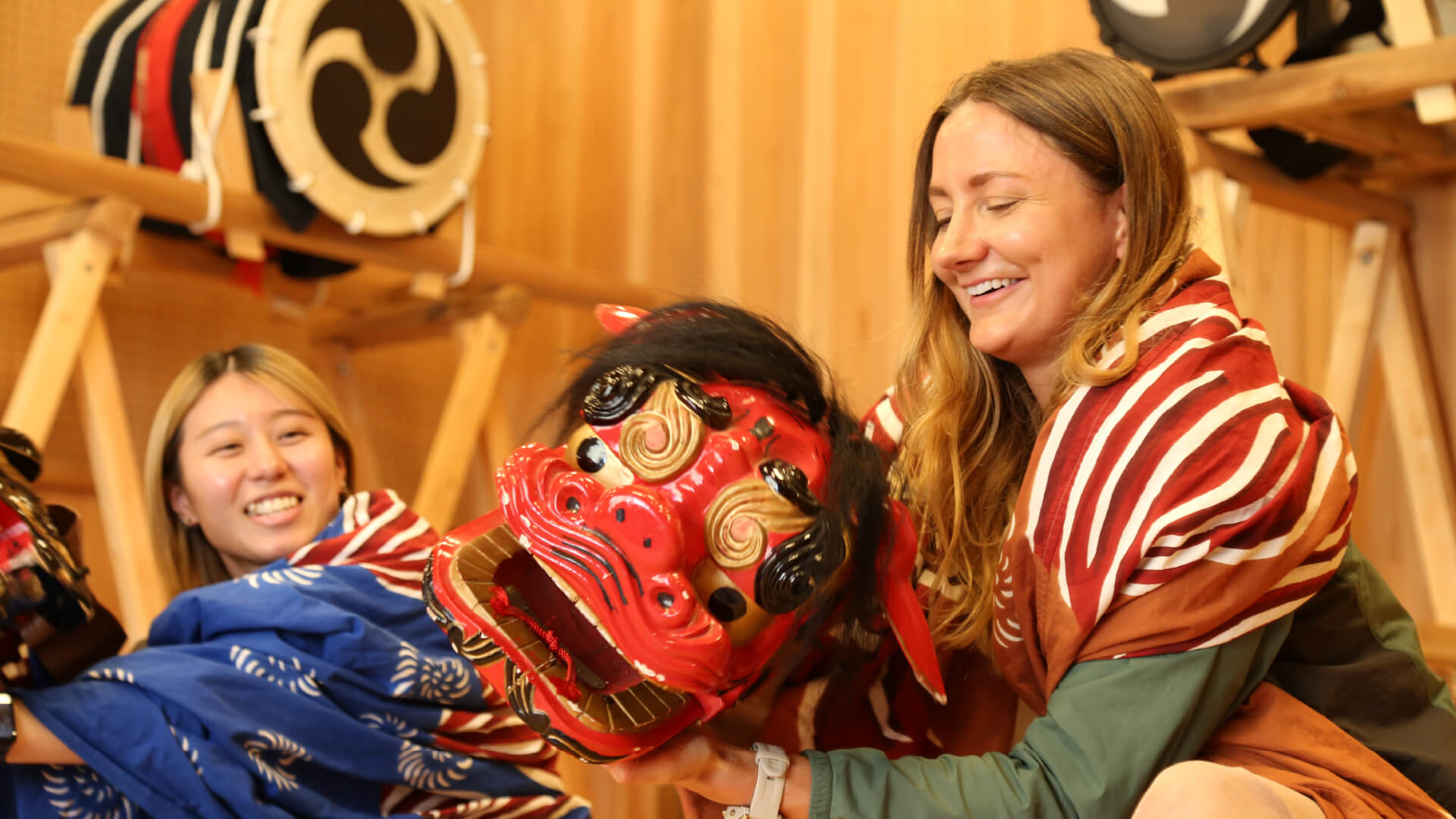
Going to Sado Island
The morning is free time for you to explore at your own pace. We’ll provide recommendations, such as local museums, for you to enjoy independently. Upon arrival, your guide will take you to a sunset viewing spot to catch the beautiful evening light.
Did you know?
Due to the prosperity brought by the Sado Gold Mine (UNESCO World Heritage), a variety of performing arts and cultural practices arrived on Sado Island from all over Japan, evolving into unique forms that remain preserved today. Notable examples include the Oni-daiko (“Demon Drums”), performed across more than 120 communities to pray for bountiful harvests, and the many Noh stages still in use for local festivals. Traditionally, these practices were male-only, but today, women are increasingly involved in these cultural traditions.
As a former port of call for the Kitamaebune trading ships (Japan Heritage), Sado has also preserved the rituals and prayers of women who protected their communities when men were away. This journey invites you to experience and connect with the island’s deep-rooted reverence for nature, evolving through time, through encounters with the women who are dedicated to preserving these traditions.
Sado Island
Start by visiting the Ogi Folk Museum, located about a 5-minute walk from your accommodation, where you can explore exhibits about the history of the Kitamaebune ships (a Japan Heritage) and the lifestyle and spiritual practices of the communities involved. Next, travel to Shukunegi Village itself, where you will experience the unique local “hangiri” (wooden tub boat), developed in this region’s intricate terrain, guided by a female boat captain (25 minutes). Afterward, enjoy a stroll through the village, stopping at Shokouji Temple to observe a local women’s nenbutsu (Buddhist chanting) ceremony. After the ceremony, enjoy tea and listen to the women share stories about life in the village, the past and present of the nenbutsu culture, and the changes it has undergone over time (1.5 hours, including the walk). Following the walk, visit “Oryouri Anaguchi,” a former shipping warehouse now serving as a restaurant, where a chef who relocated to Sado will treat you to a meal made with local ingredients and served with traditional local dishes and utensils (1.5 hours).
Sado Island
On this day, we will hike the Sado Trail, aiming for the highest peak on Sado Island, Mt. Kinpoku (1,172 meters). Reaching the summit of Mount Kinpoku will allow you to connect with the spiritual heritage of the region, once offlimits to women, and immerse yourself in the island’s rich vegetation while understanding its geological origins. This is not just a mountain hike, but an opportunity to explore how Sado Island’s land was formed, how the mountains and sea are interconnected, and how the snowmelt from the mountains plays a vital role in the island’s abundant food sources. You will learn about the deep connection between the natural environment and the local way of life, offering a unique, immersive journey into the heart of Sado’s culture and nature. (7 hours, 12 km)
Sado Island
In the afternoon, we will offer an immersive experience in the performing arts and cultural traditions where women have become active participants, once dominated by men. Choose between “Oni Daiko” (Demon Drumming): Sado’s emblematic traditional arts and learn from female drummers and dancers, one of the few women who perform in over 120 “Oni” groups. If desired, you can also try yourself at making “straw crafts,” essential for Sado’s festivals, or creating a “Tamagushi” (sushi roll) (Oni Daiko experience is 60 minutes, straw craft experience is 60 minutes, and sushi making is 40 minutes); or choose to experience Noh Dance (Noh Shimai) by performing on a traditional Noh stage, a sacred space in Japanese culture. After learning about the history and traditions of Sado’s Noh theater from a female Noh performer, you will receive instruction on singing, Noh’s distinctive footwork, and the handling of the fan (about 60 minutes).
Please note: The Noh stage is considered a sacred place. Participants will need to change into provided tabi socks before stepping onto the stage. Watches and jewelry are not permitted, so please remove these items before stepping onto the stage.
山形県
Yamagata Tsuruoka & Sakata
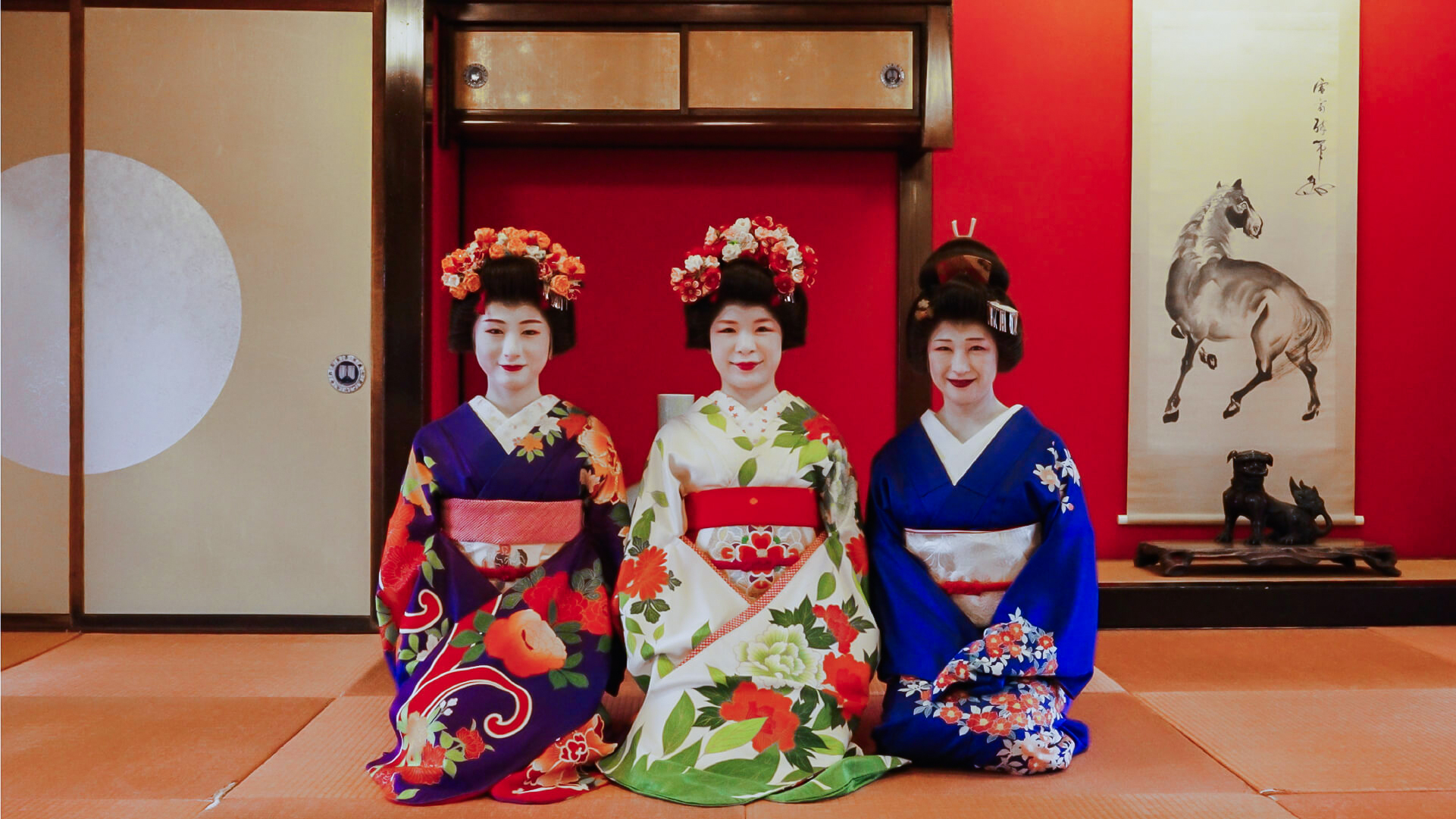
To Tsuruoka City via Niigata
Hop in the train bound for Tsuruoka. We’ll go to Mt. Haguro from there, and meet our Yamabushi host in the pilgrim lodge village. We will stay in a “shukubo” (temple stay). But in the Dewa Sanzan sacred mountains, the shukubo are of Shinto faith, not Buddhist. You will then be able to take part in the Shinto yamabushi rituals,an experience that is not available anywhere else in Japan. From this day, your “spiritual journey” to the Dewa Sanzan begins.
Hotel: Your accommodation for the night is not a hotel, it is a “shukubo” (= pilgrim lodge) that follows the Shinto tradition. Hence, the commodities are shared and the food served there is Shojin-ryori (pescetarian but not vegan by default unlike Mt. Koya)
Tsuruoka City
After receiving a morning prayer for the safety of the journey at a temple, you will be guided by a woman who practices the Shugendo tradition of Mt. Haguro and offers yoga programs at sacred sites such as Zenpoji Temple and the Dewa Sanzan Shrine. You will take on a small challenge by walking the 2,446 stone steps of Mt. Haguro, immersing yourself in the tranquility of the path lined with towering cedars, and feeling a sense of rebirth at Mount Haguro.
Along the way, you may be lucky enough to meet a cheerful grandmother who runs the Ninosaka Tea House. For your stay, choose between accommodations like Suiden Terrasse, which seems to float above rice fields, or a hidden inn in Yutagawa Onsen, where you can enjoy a relaxing stay until the last day of the trip.
Tsuruoka City
After breakfast, you will visit a temple that was once off-limits to women, a place dedicated to the salvation of women during a time when they were prohibited from entering sacred spaces (Dainichibo or Honmyoji Temple). In the past, women would offer prayers from this temple, gazing toward Mt. Yudono from afar.
Next, you will head to the sacred site of Mt. Yudono, a key location in ancient mountain worship. Just like the poet Matsuo Basho stated in one of his haikus written during his trip to “Narrow road to the Deep North”, Mt. Yudono is full of secrets. The reason why this sacred site has been shrouded in secrecy, with the instruction to “speak not, hear not,” will be revealed during your visit.
Tsuruoka City
Zenpoji, one of the 3 main Zen Buddhist temples of the Soto School boasts a history of 1,150 years. It flourished during the Edo period, particularly with the rise of the Kitamaebune (North-bound ships) trade routes. The temple enshrines Ryujin (the dragon dog, reincarnation of the soul of a little girl), the guardian deity of the sea, attracting the devotion of those involved in water transport and fishing from all over Japan. As a result, Sado Island became one of the most devoutly worshiped regions.
On the temple grounds, you will find Japan’s only five-story pagoda dedicated to the memorial of fish, as well as the Five Hundred Arhats Hall, established by a wealthy fishing magnate. These structures reflect the prosperity of the Kitamaebune trade during that time. At Zenpoji, you will attend a prayer session. The “Ten-doku,” a special chanting of the Heart Sutra, is especially powerful. You can also choose from various experiences such as Zazen (sitting meditation) or Shabutsu (sutra copying).
Sakata City
After breakfast, check out of the hotel and travel by private car to Sakata.
At the Sanno Club, you will have the opportunity to learn from a local mother how to create “Kasa-fuku” (decorative paper umbrellas), each imbued with various prayers; as well as the “oiran” (high-ranked courtesan) culture that flourished in Sakata city due to the popularity of the Kitamaebune maritime road. There, you will have a look at a doll collection that tells the path the women that were destined to become oiran had to follow from infancy.
Next, enjoy a delicious lunch at the Somaro, a nationally registered cultural property, followed by a performance of the Sakata Maiko (geisha in training). You will also have the chance to interact with the Maiko and their instructor: Kosuzu-san, which will be an exciting cultural experience as Kosuzu-san is one of the few women who fiercely fights to protect the geisha culture in the region.
While enjoying the scenic views from the car, you will head to Sakata Station. After transferring between the local express train and the Joetsu Shinkansen, you will arrive at Tokyo Station by 6:00 PM.
Did you know?
Many people mistakenly associate geishas with prostitution, but in reality, a geisha (芸者), which means “person of art,” is simply a highly skilled entertainer trained in a variety of traditional Japanese arts. These include playing the shamisen (a three-stringed instrument), singing traditional songs, performing traditional dances, and even conducting the tea ceremony.
This misconception likely stems from the similarity in appearance between geishas and oiran courtesans (who were once part of the brothel system, now gone due to the ban on prostitution). Both geishas and oiran wear white makeup, have their hair styled in the traditional Japanese fashion, and are dressed in beautifully decorated kimonos, giving them an overall refined appearance.
However, if you look closely, you’ll notice several key differences. For example, the oiran’s hairstyle is more elaborate and adorned with more ornaments than a geisha’s, and her kimono tends to be brighter in color. Additionally, the oiran ties her obi (kimono belt) in the front, while a geisha ties hers in the back. During your visit, we’ll point out these and other distinctions, so you’ll be able to easily tell who is who.
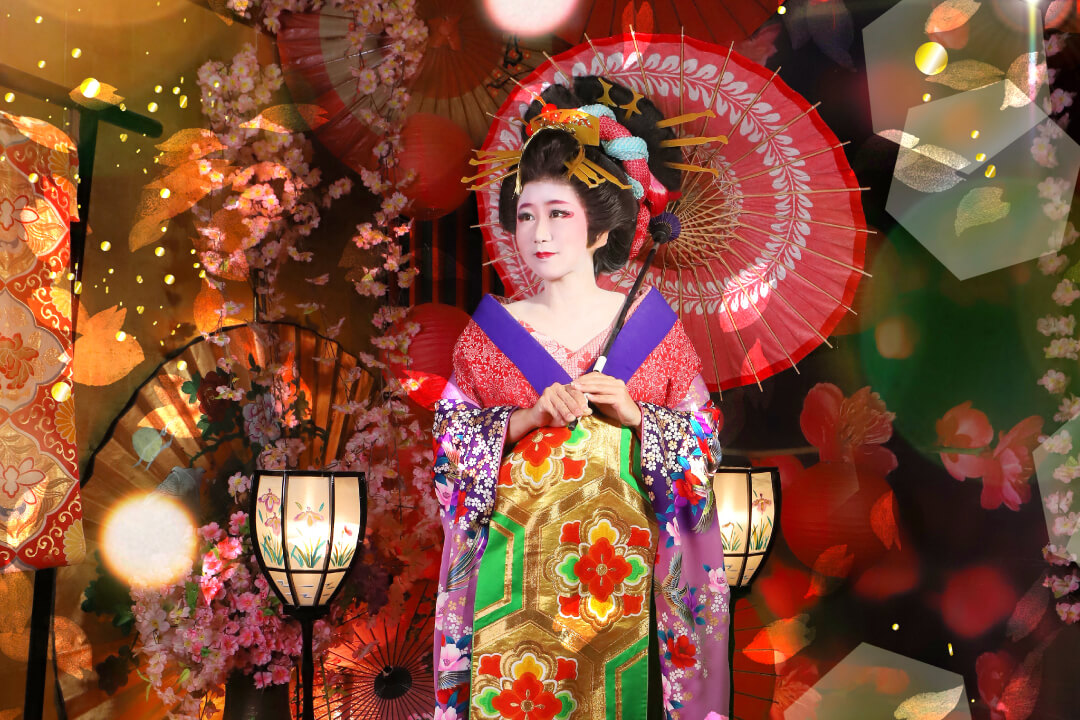
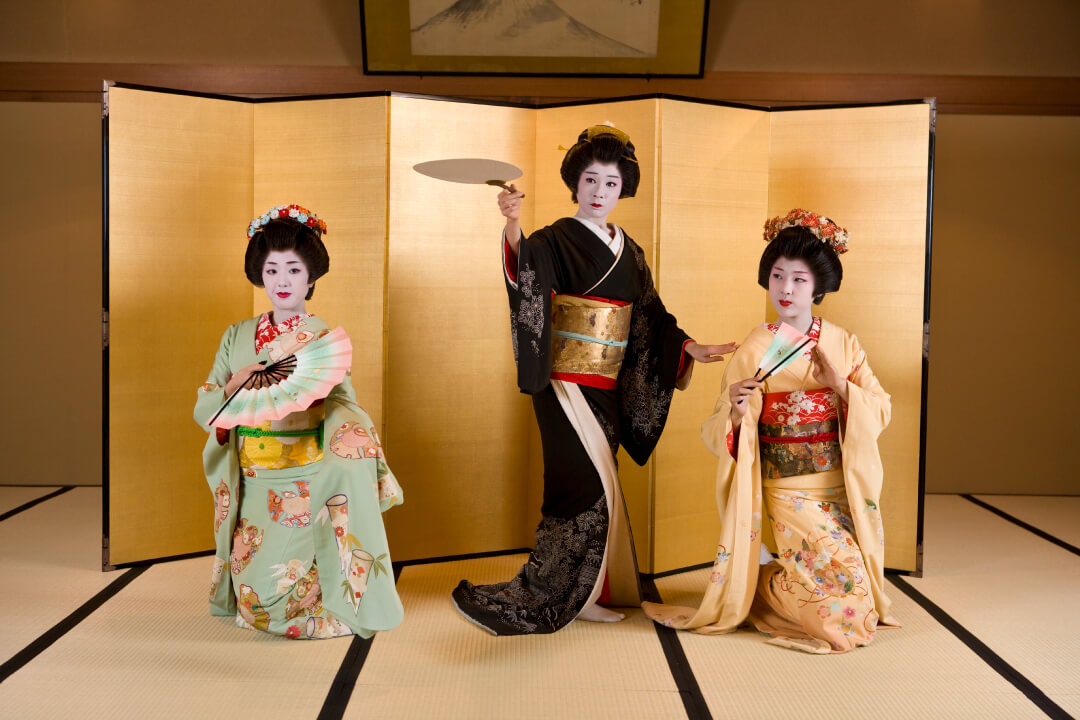
So, who do you think is who..?
Shoko Travel is a tour operatorbased in Tsuruoka City,Yamagata Prefecture,Japan, with additional offices in Tokyo and Taiwan. We work closely with local DMOs (ex: DEGAM Tsuruoka Tourism Bureau, Sado Tourism Association) and DMCs (ex: Tohoku Trails) to leverage in-depth regional knowledge and connect with top-tier local guides. Our connections with Japan’s government institutions, including the Japan National Tourism Organization(JNTO), the Ministry of the Environment, and the Tohoku Tourism Promotion Organization, ensure that our tours are reliable and thoughtfully crafted.
Our team includes English-speaking staff, and we provide both English- and French-speaking guides onsite.
At Shoko Travel, we design tours and tailor unique a-la-carte experiences that offer our clients an authentic understanding of Japanese culture—not only through its history but, more importantly, through personal encounters. We believe tourism shouldn’t be consumed like fastfood. Simply visiting a beautiful place, snapping a photo, and sharing it on social media before moving on to the next destination isn’t our approach. Our aim is to create tours and experiences that touch our clients deeply, inspiring personal growth and new perspectives through meaningful interactions with locals.
To achieve this, we collaborate with some of Japan’s most inspiring people, who share their art, work, or life stories with ourclients. Working with expert local interpreters and guides, we bridge any language barriers to offer our clients truly unique and transformative experiences.
Contact Us